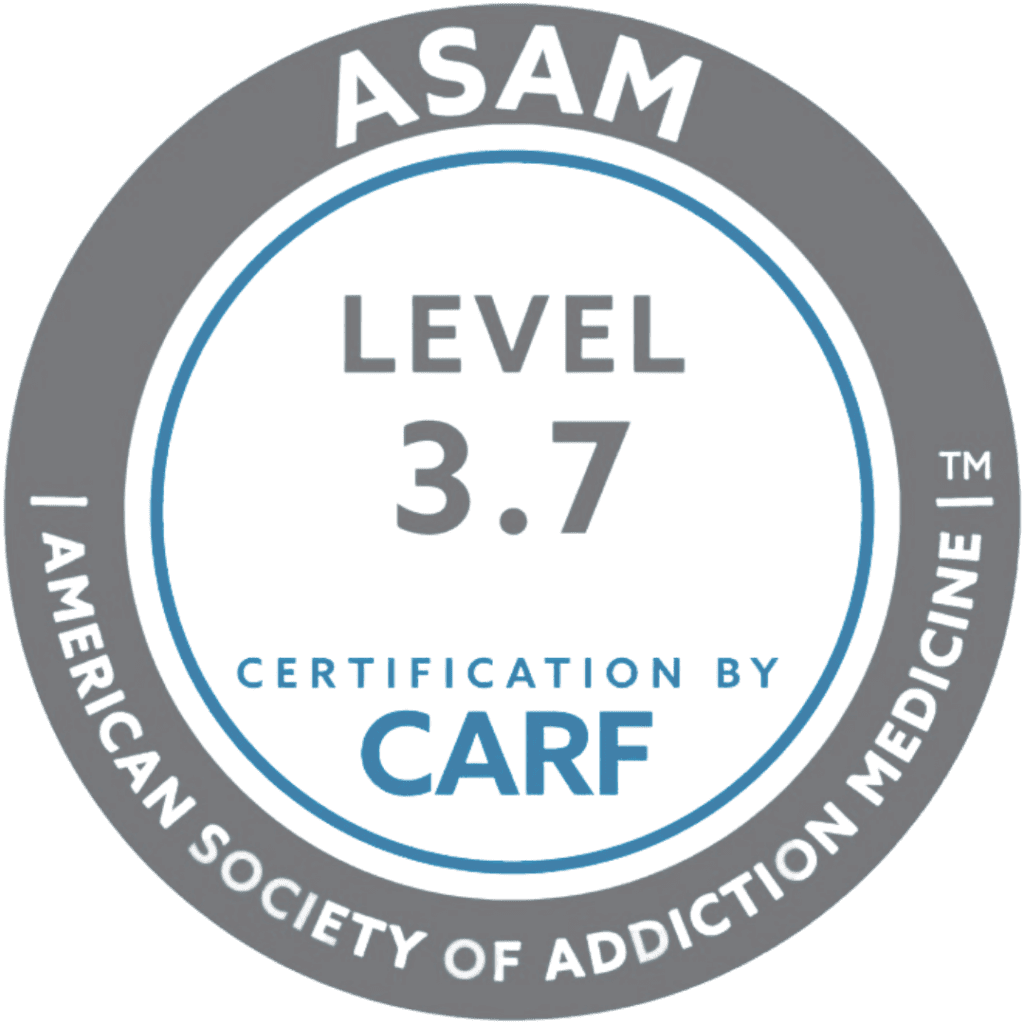Can the Non-Opioid Journavx Help End Painkiller Addiction?
Aliya
on
February 24, 2025
Finding pain relief can be challenging because opioid pain meds are highly addictive and dangerous, which is why a new drug called Journavx is in the news. Journavx is an opioid-free pain killer that was approved by the Food and Drug Administration (FDA) earlier this year. In the past, those struggling with acute pain (short-term) often had to choose between relief and the fear of developing an addiction. Since Journavx is the first-of-its-kind non-opioid painkiller medication, it is changing the medical field for the better. Some people believe this new drug could be the key to ending the painkiller addiction crisis. Let’s unpack Journavx and how it works to determine whether the medication is all it is purported to be.
What Is Journavx?
Journavx, the brand name for the drug suzetrigine, is a non-opioid pain medication that is approved by the FDA for acute pain management. Notably, Journavx is a first-in-class drug, meaning it uses a new mechanism of action to relieve pain. In the past, the effects Journavx offers would have come with a risk of addiction development. Now, people don’t have to choose between different health choices like pain relief or addiction.
Does Journavx Work?
As you may be aware, opioid abuse is a severe problem known as the opioid crisis. In 2022, almost 108,000 people in the U.S. died from drug-related overdoses. Of this number, an estimated 73,838 cases involved opioids, which alone are the leading overdose death drug. Opioids work by binding to opioid receptors in the brain to stimulate the reward system. Because the results are pleasurable, the brain actually modifies itself to adapt to substances. Notably, opioids can be both natural, synthetic, and semi-synthetic. Some common opioids are morphine, oxycodone, hydrocodone, methadone, and fentanyl.
Since an effective non-opioid pain medication has been sought after and prioritized for decades, you might wonder if Journavx works. The answer is yes! Journavx produces similar pain-relieving results as opioid medications but without the addictive risks. In randomized studies, Journavx was shown to relieve moderate to severe acute pain to the same degree as opioids. This is considered a huge landmark treatment, as pain medication that isn’t addictive has been largely ineffective thus far.
Get confidential help from our addiction and mental health treatment facilities located across the United States. Call to join one of our quality programs today!
Speak With Our Admissions TeamHow Does Journavx Work for Pain Management?
As mentioned, Journavx is a first-in-class medication that provides pain relief by targeting different body functions than opioids do. Essentially, the medication works by blocking pain from being felt in the body without affecting the brain. Whereas opioids are so addictive because they stimulate and alter the opioid reward system in the brain, Journavx works differently. It blocks sodium ion channels, which stop the nerve cells from carrying electrical impulses that signal pain.
Until now, opioids have been virtually the only strong pain-relieving option. Other than turning to opioids with their high risk of addiction, those with pain have had to use over-the-counter pain meds. But these yield little results for severe pain. How Journavx works on the body rather than the brain is exciting and will hopefully improve the state of the opioid crisis moving forward.
Journavx vs Other Non-Opioid Pain Medication
Journavx is not the only pain management medicine on the market that isn’t habit-forming. There are other non-addictive opioids that can be prescribed over-the-counter. Some of the options include:
- Aspirin
- Nonsteroidal anti-inflammatory drugs (NSAIDs, i.e. Ibuprofen)
- Acetaminophen (Tylenol)
Yet, these other non-addictive painkillers tend to be ineffective at reducing pain to the same degree as opioids. For those with severe pain, like from an operation, injury, or cancer, a stronger option is needed to raise their quality of life. Many people turn to opioids out of necessity, but the risks can far outweigh the benefits.
What are Journavx’s Benefits and Risks?
Journavx has the obvious benefit of providing pain relief without the risk of addiction. Journavx is expected to have no habit-forming potential because it doesn’t target the brain. There are some side effects to watch for, even with safe painkillers. In studies, the most common potential side effects are muscle spasms, itchiness, rash, and increased creatine phosphokinase in the blood. Your medical treatment provider will be able to monitor you and address any side effects.
Looking for quality treatment for substance abuse and mental health that’s also affordable? Aliya Health Group's treatment facilities accept most major insurance providers. Get a free insurance benefits check now!
Check Your CoverageThe Dangers of Opioid Pain Medication
Although opioids are often abused, they do serve an important purpose. They are often used in medical settings like hospitals and can be prescribed for patient use. Yet, doctors are not inclined to prescribe opioids as a medication unless absolutely necessary because the drugs are so addictive. As mentioned, opioids are pain-relieving medications with incredibly strong properties. They are often used post-operation for pain management, as well as in people with cancer and those with chronic pain. Individuals who have acute and subacute pain (like after an injury) may be prescribed at-home use of opioids. In these cases, the individual is weaned off the drug once they’ve recovered. On the other hand, prescription opioids can be administered for chronic pain as a long-term medication. Yet, because they are so addictive, taking opioids is risky.
For those with pain, there is a need for safe pain medication. This is why non-opioid pain relievers are necessary. These safer alternatives to pain relief don’t carry the risk of addiction associated with many painkiller meds. Although no one sets out to form an addiction, the risk of dependency is high when using opioids. These dangerous substances are too powerful for individuals to control, as they work on the brain to change neurochemistry. For those who want to avoid the physical, mental, and emotional health risks, we are pleased to offer alternative medications.
Finding an Opioid Use Disorder Treatment Facility
Fortunately, there now exists Journavx, a non-opioid pain medication to replace opioids. People struggling with acute, subacute, and chronic pain can find relief without the risk of addiction. Understandably, opioid addiction can devastate your life. If you’ve been battling with opioid abuse and can’t manage your dependency anymore, it’s time to seek help. Please understand there is no shame in needing outside intervention. Oftentimes, people don’t understand how powerful substances like opioids are when they act on the brain and body. As an individual, it is incredibly difficult and unlikely to overcome opioid addiction alone.
Yet, with the assistance of a professional medical treatment center, relief is possible! Our medication-assisted treatment (MAT) program combines medication with traditional therapy and holistic counseling. We can help you overcome your addiction with FDA-approved medicine for substance use disorders (SUD).
Let us walk you through the mental, emotional, and physical healing from your addiction. You can choose from our many treatment facilities across the United States. We’re ready to help you, so make the first move today.
- Drug Overdose Deaths: Facts and Figures – National Institute on Drug Abuse
- FDA Approves Novel Non-Opioid Treatment for Moderate to Severe Acute Pain – FDA
- Vertex Announces FDA Approval of JOURNAVX™ (suzetrigine), a First-in-Class Treatment for Adults With Moderate-to-Severe Acute Pain – VRTX
- What Is Journavx, the New Opioid-Free Painkiller from Vertex? – Scientific American














